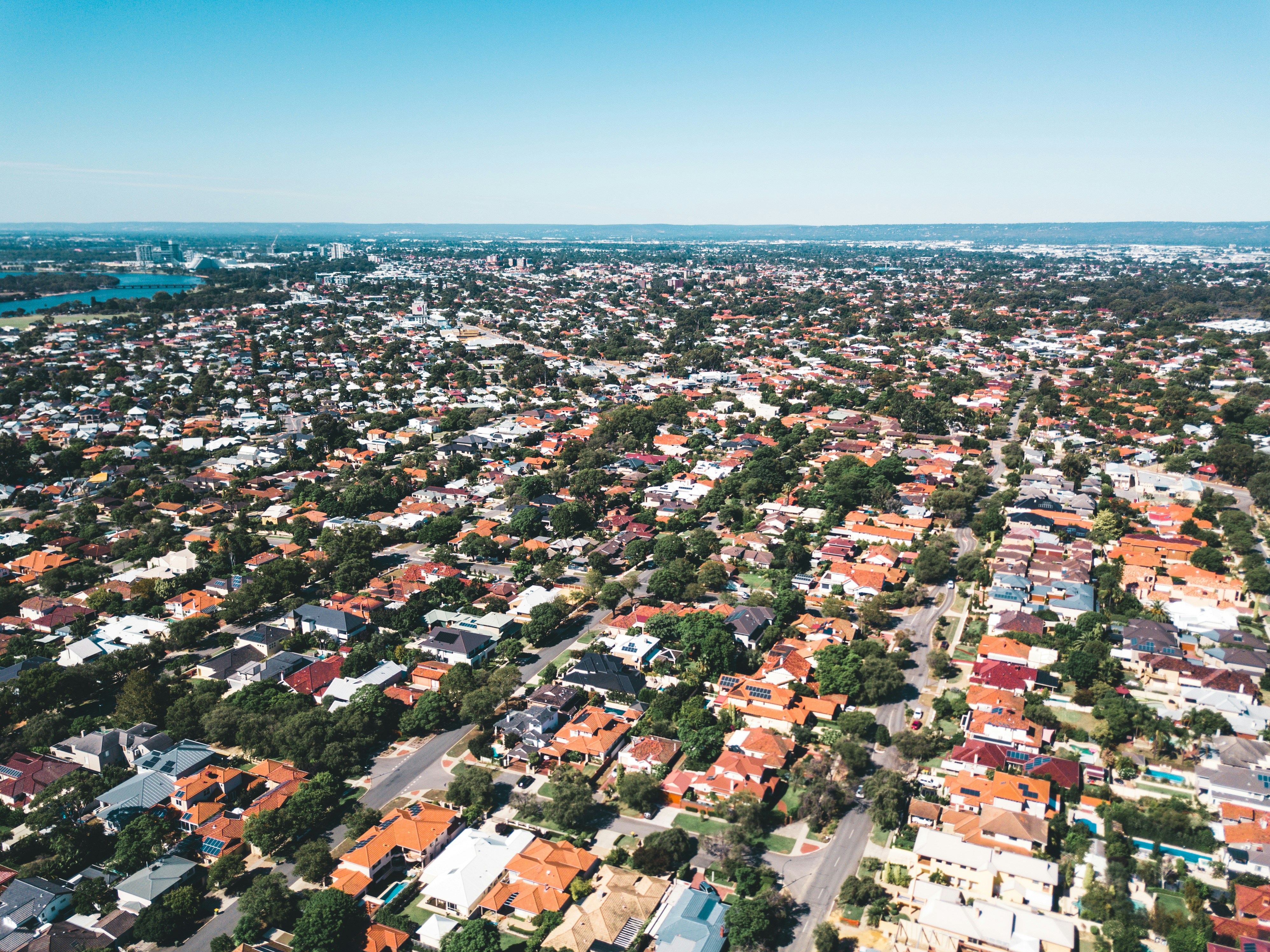The housing market is firing up again after more than a year since Australia’s COVID-19 lockdown.
Property investors who think buying competition is coming mostly from first-home buyers may need to think again.
While the post-COVID housing market heat was initially driven by owner-occupiers, there are signs that investors have returned to the market in droves.
Investor home loans are at its highest point since early 2018 ($6.9 billion as of February 2021), Futurerent analysis of ABS data showed.
Growth in investor home loans has been consistently on the rise since May 2020, when lending in this category hit a 20-year low.

Property investors are taking action
At Futurerent, we’ve seen a surge in investors setting themselves up for their next investment.
There’s been a noticeable shift in investor sentiment from wealth preservation to wealth creation, with many investors drawing a full year’s rental income upfront to help with the deposit on a new investment property.
Now, with more certainty over Australia’s economic recovery and the vaccine rollout underway, it’s no wonder that investor confidence is looking up.
How quickly are Australian property prices growing?
Property prices across Australia climbed by 2.8% in March 2021, according to CoreLogic figures, making it the country’s biggest home value growth seen since 1988.
That’s 32 years, in case you were doing the maths.

Median housing prices in both Sydney and Melbourne soared to all-time peaks recently, after falling by -2.9% and -5.6% respectively during the pandemic.
In another sign that things are going back to “normal”, capital city property markets saw higher growth than regional markets for the first time in a year.
The combined capital cities edged up by 2.8% in March 2021, while the combined regional markets saw a 2.5% increase.
For anyone expecting an inundation of forced property sales due to the end of COVID-related mortgage deferrals, this doesn't look likely to happen.
Only 0.7% of all housing loans are still on pause in February 2021, the latest data from prudential authorities showed.
This is indicative that government and banking relief measures have worked to support mortgage holders through the crisis.
What are the banks’ property price expectations?
With the economy recovering faster than expected, and the RBA intent on holding the 0.10% cash rate, housing prices aren’t expected to slow down any time soon.
All the big four banks have this year revised up their property market predictions for the next two years.
CBA and NAB expect values will increase by about 14% in the next two years, while Westpac forecasts prices to gain 20% in the same period.
ANZ appears to be the most optimistic, tipping values to surge by 17% in 2021 and a further 7% in 2022.
“The first half of 2021 is likely to be stronger than the second half. By June, ANZ Research expects prices to be rising at a more moderate pace given the end of government programs like JobKeeper and HomeBuilder and a lift in fixed mortgage rates,” the bank said.

What would it take to slow down property price growth?
For investors, a property boom can be a double-edged sword.
With so much heat in the market, it’s possible that regulators could respond to runaway prices by tightening lending standards in 2022, or potentially earlier.
“By year (2021) end though, ANZ Research expects regulators will step in with macroprudential controls to address the overheating market with the exact measures likely to be dependent on how the market develops over the next six months or so.”
If this happens, it could coincide with a potential cash rate hike in 2023, bringing up mortgage rates.
Coupled with the expiry of government measures, such as JobKeeper and HomeBuilder, these factors are tipped to help take housing prices off the boil.
As these incentives end or taper against a backdrop of surging values, this will impact demand for property from owner-occupiers, especially first-home buyers.
Property investment activity tipped to step up over 2021-22
Growth-hungry investors are expected to fill this demand gap in the market.
Thanks to a relatively lacklustre property market in the past few years and nervousness around new building disasters, the off-the-plan property market had virtually dried up.
But investor demand for off-the-plan apartments is expected to pick up, as investors look to capitalise on the forecast growth of about 20% over the next two years. This will allow investors to ride the wave of growth with a 5-10% deposit.
With interest rates so low and an unpredictable stock market, conditions are ripe for an influx of investors into the market.
“The strength of gains (is) likely to be driving more interest from investors who may become a more meaningful driver of the upturn as the year unfolds,” Matthew Hassan, Westpac Senior Economist, said.
Looking at the numbers, new owner-occupier home loans fell for the first time since May 2020 by -1.8% in February 2021.
But this is still about triple the volume of investor home loans, meaning there’s plenty of room and opportunity for investors to play catch up in coming years.












